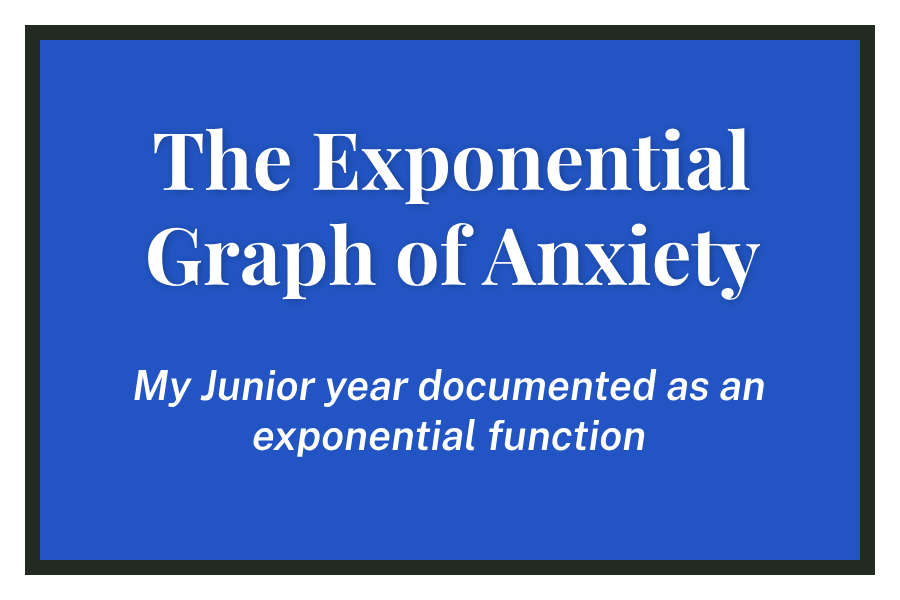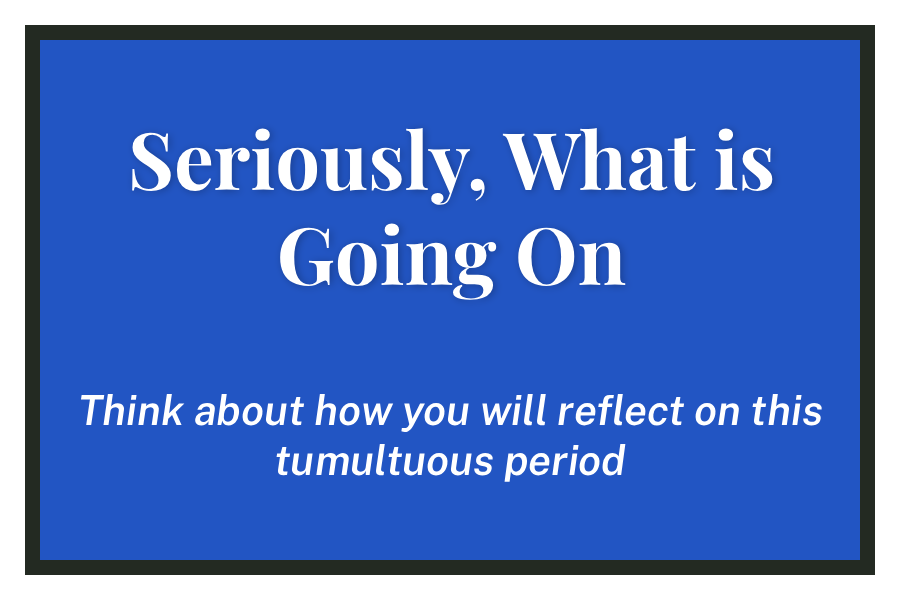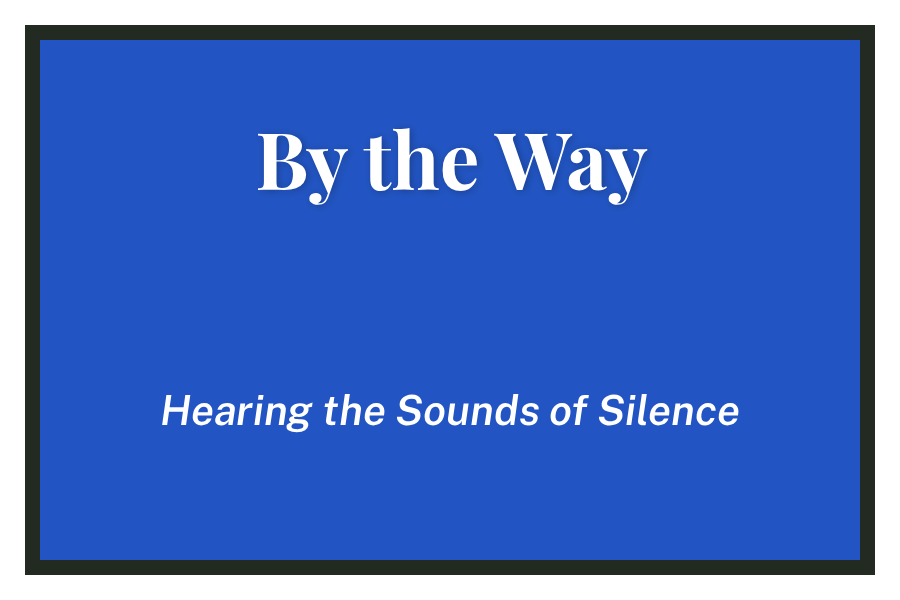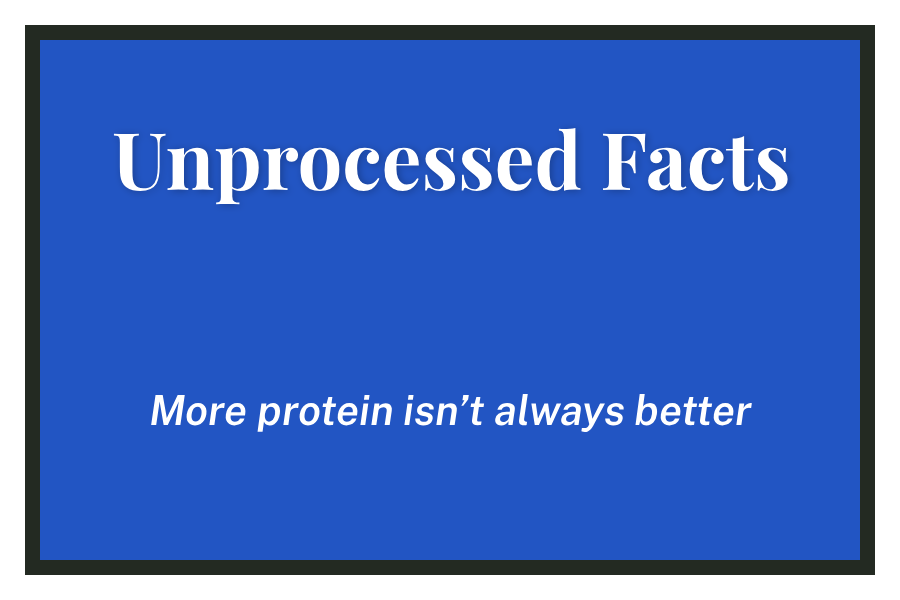As the year draws to a close to an end, and our pre-calculus and physics classes discuss graphs in unison, I can’t help but wonder what my junior year graph would look like. What would I label my own X and Y axes? Where would my asymptotes be? Is my graph cubic, exponential, or even sinusoidal?
As I sat watching the clock in class, I thought there would be nothing better to do than make this hypothetical graph a reality. I drew out my axes and sat there, waiting. Expecting inspiration, an idea, or at least a start. Then it came to me: The Exponential Graph of Anxiety. This is based on real, scientific data with hard life evidence to back it up. Let me explain:
The Exponential Graph of Anxiety is simple. The x-axis is workload and y-axis is anxiety. Workload can stretch beyond just school work. It includes a wide range of aspects of life, such as homework, extracurricular activities like sports and clubs, work commitments, ACT/SAT Prep, responsibilities to family members like siblings, and more. This comprehensive view of workload emphasizes the complexity of the demands made on students and illustrates how anxiety can skyrocket in tandem purely from obligations.
Let’s look at the basic function: f(x)=x2. As x increases, y increases exponentially. This means that for every unit increase in x, the value of y grows at an accelerating rate. But why does this matter? Because as High School students it is usually our job to manage our workload. But how can we manage both our workload and our anxiety in harmony? How can we limit our workload when we have no control over the funnel with which it comes to us? We have no control over the flow through the funnel which feeds us. Even as we approach our limit of saturation, we are expected to just keep swimming, even if we feel we are going belly up.
As a junior who has experienced the pressures of overcommitment, I am well acquainted with the Exponential Graph of Anxiety. In fact, one could argue that I’ve become overly familiar with it. This means I’ve seen firsthand the consequences of carrying a heavy workload. I’ll admit to experiencing a range of consequences, including tears, overwhelming to-do lists, periods of unproductive overstimulation, and, inevitably, requests for extensions on homework assignments… which I am not too proud to admit. However, in some respects, overcommitment has taught me how to balance my anxiety in stressful situations. Or, at least, how to look like I am balancing it. A happy medium is something I have not yet experienced in my high school years, so I will keep experimenting and publish new findings my senior year. Through this journey, I hope to not only find balance for myself but also to provide insights and support to others who are facing similar challenges.
For me, one of the larger problems with anxiety is, it never goes away. It just moves from the front burner, to the back burner, from high boil to low simmer… and it never fully cooks. That’s why, when only four weeks of school remain, and we’ve been moving the pots between the burners all year, we are literally burnt out. From freshman year to junior year, I’m still learning, so forgive me if I sometimes bubble over.









